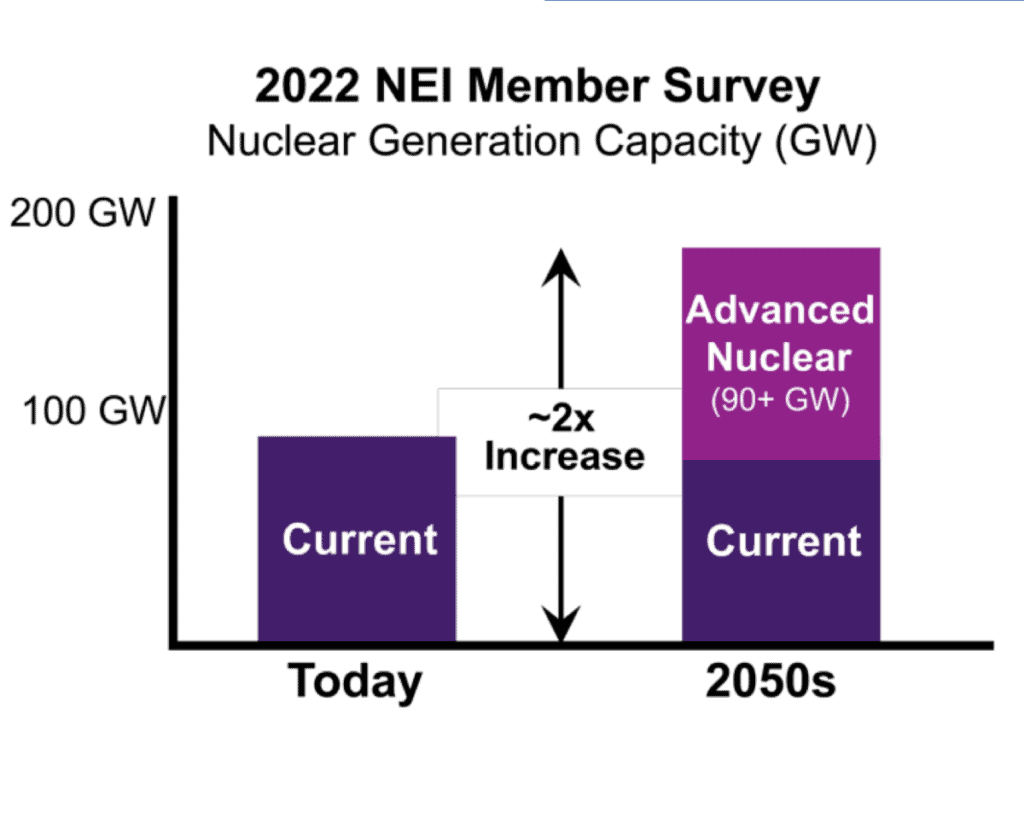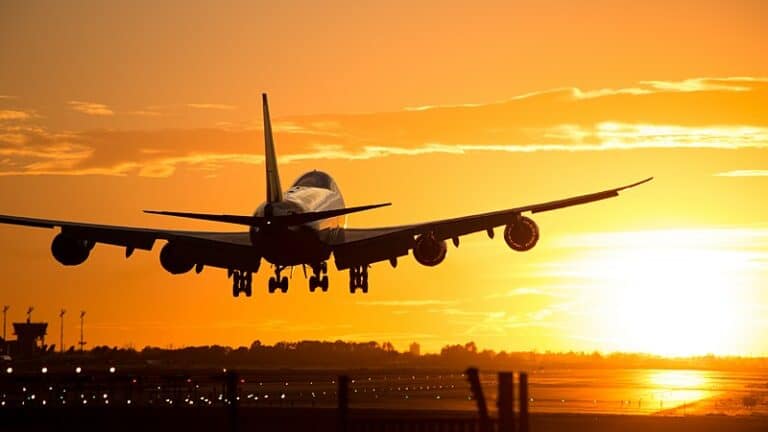Atomic Show #301 – Matt Crozat, Executive Director for Strategy and Policy Development, NEI
The nuclear energy policy landscape in the US has changed significantly during the past 5 years. Once seen as an issue with enormous differences between the political parties, it has become one of the few topics on which both parties can have a civil discussion and agree on many key provisions in supportive legislation.

Matt Crozat is the Nuclear Energy Institute’s Executive Director for Strategy and Policy Development. He and his supporting team have played a role in helping Representatives, Senators and their key staff members to understand the value supplied by operating nuclear plants and the advanced nuclear power systems that are being developed.
Some of the progress began with efforts at the state level and then proceeded to capture the attention of the national level politicians and leaders.
We talked about the strong financial support provided to operating plants to keep them economically viable and about the provisions of the Inflation Reduction Act that will encourage and reward the deployers of new nuclear power plants.
We talked about the results of an NEI survey of companies that own and operate the existing nuclear fleet that provided an intriguingly large number of expected new capacity additions between now and 2050. (Spoiler alert: Though representing a limited portion of the potential buyers, those companies expect to add enough reactors to double current nuclear generating capacity by 2050.)

Overview of the Demand for New Nuclear.” With permission from NE
Efforts to ensure capable supply chains and workforce development for that kind of growth have begun, but there is a lot of work remaining to be done. We discussed the importance of committed orders to convince suppliers that investments will produce product sales and the importance of jobs to ensure that workers are convinced to invest in developing their skills and education.
An important topic in our discussion was the importance of a consistent, steady effort and the extreme cost and vulnerability that can be imposed by wide swings in support that lead to bumpy, halting efforts.
We talked a bit about the potential that one or more of the companies that already own issued and active combined licenses for AP1000s may recognize that their decision matrix has changed in the past 2 years, with dramatic movements upon Russia’s invasion of Ukraine and then again upon passage of the Inflation Reduction Act.
I’d wager that construction on those project could be organized to begin within about two years from the time the corporate board is convinced that is an investment worth the time and resources involved.
For reasons of fairness and not leaving anyone out of the mentions, we did not discuss the numerous organizations and individuals that helped achieve the successful change in the policy landscape.
I hope you enjoy the episode. Please participate in the discussion here with comments, questions and suggestions.
Podcast: Play in new window | Download (Duration: 51:30 — 29.5MB)
Subscribe: RSS




This was a good podcast.
A few weeks ago, I started my furnace in preparation for a long Winter. My furnace is old. It needed repairs. I thought perhaps it was getting to be time to replace it. I fixed it instead.
I like to think ahead. I’ve seen old nuclear plants and old coal plants shut down. People applauded that these dirty old coal plants have shut down. These dirty old coal plants were low hanging fruit to be plucked in the battle for climate change. The less easily picked fruit will be next. This includes the larger coal plants and the internal combustion engines. It will even include the gas turbines now used for reliable electricity. The thought occurred to me that it will also include the thousands (millions) of natural gas furnaces that will need to be replaced with zero emission sources of heat. How will it be done? Geothermal heat pumps seems a likely option. What kind of electrical energy will it take to provide for all those compressors? Where I live, air conditioning is not such a big load. I turned it on once last Summer to ensure it still worked. The vast electrical sources needed for air conditioning are not necessary where I live. However, geothermal heat pumps will require those sources. The power needs to be there so we don’t freeze. I think the sources for those heat pumps will be new nuclear plants.
As was mentioned in the podcast, those new electric cars and bicycles are going to have to be charged. This is a lot of energy.
It’s a good thing the government rules are changing as you discussed. We should be building those nukes now.
Eino,
If you like geothermal heat pumps, I think you’re going to love this idea.
The idea is: why look for active geyser basins nearby when all you need
is hot, dry heat stored in crystalline basement rock?
Stephanie Hanes of Christian Science Monitor filed this report on a
geologic research project at Cornell University in Ithaca New York.
The project uses deep borehole technology to create new geothermal
heat sources.
Source: Christian Science Monitor (28 Oct 2022)
Article: Geothermal 2.0: Why Cornell University put a 2-mile hole in the Earth
URL: https://www.csmonitor.com/Environment/2022/1028/Geothermal-2.0-Why-Cornell-University-put-a-2-mile-hole-in-the-Earth
This is a brilliant idea for its creativity – to create a new geothermal
source, don’t search for an existing geyser basin; instead, drill an
input/output pair of deep boreholes into hot, dry crystalline basement
rock, inject salt water into the input borehole and draw steam from the
output borehole. Feed the water back into the rock by condensing the
steam and injecting it into the rock via the input borehole.
And for scalability – to convert more thermal energy to mechanical
& electrical, just drill more output boreholes into the same rock.
Now don’t get me wrong, I’m not anti nuclear in the least,
but I’m pro science to the max. And if you need more electrical
power to drive heat pumps, recharge EV batteries, etc., then
depending on your neighborhood’s proximity to stable grids,
go with local nukes (MMR or SMR) or big nukes elsewhere on
the stable grid. Without nukes we won’t get stable grids, right?
What’s not to like about that?
BTW the Cornell geothermal project is still on the drawing boards
so I think we will be seeing nukes before the geothermal stuff
makes its appearance.
Where it works, it sounds great. I do not believe your article mentioned it, but I’ve read that the heat from the Earth is actually from radioactive decay. So, like solar and wind, it is second hand nuclear power.
It’s time may be upon us. Lessons learned from fracking have enhanced the possibility of geothermal power. Even if the steam is very wet steam, the fuel is free after the capital cost has been put in. Think what it can do for district heating.
https://austonia.com/austin-frack-king-geothermal
I believe like wind, solar and hydro it cannot work everywhere for power production.
Maybe this will work as well as they claim
https://www.eavor.com/
Though really it’s the *second* ‘truly scalable form of clean baseload power’.